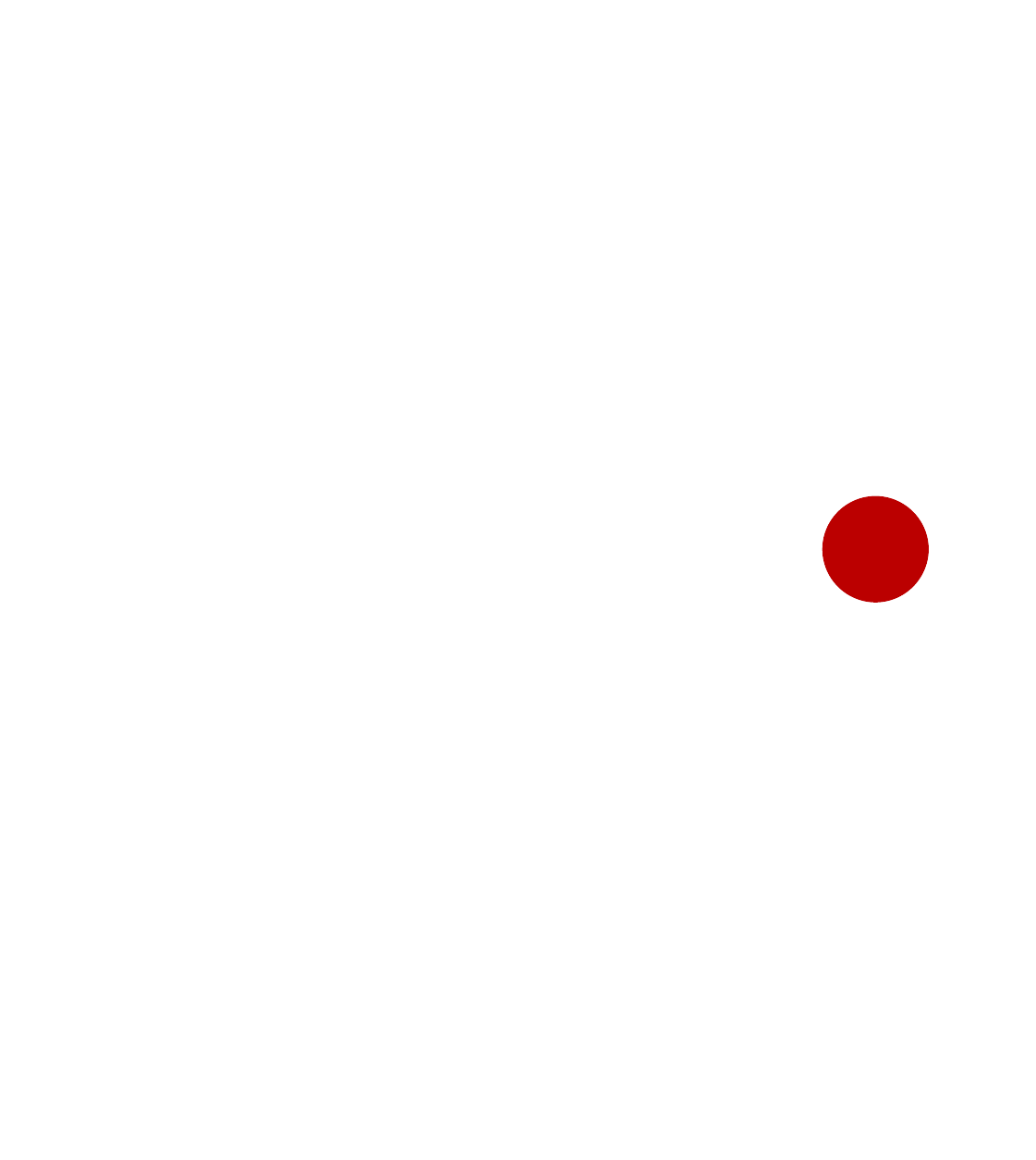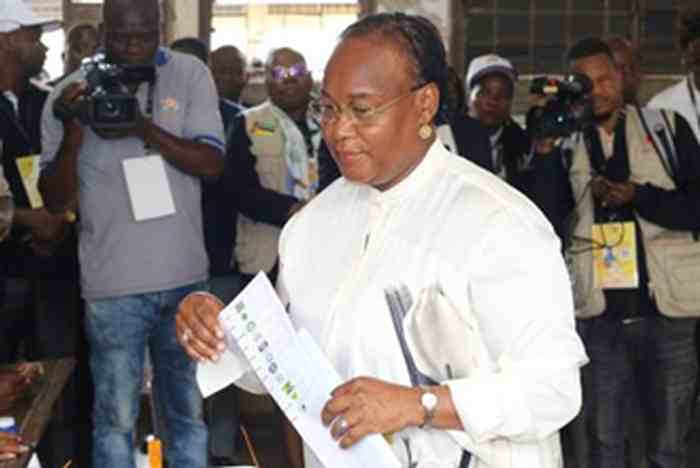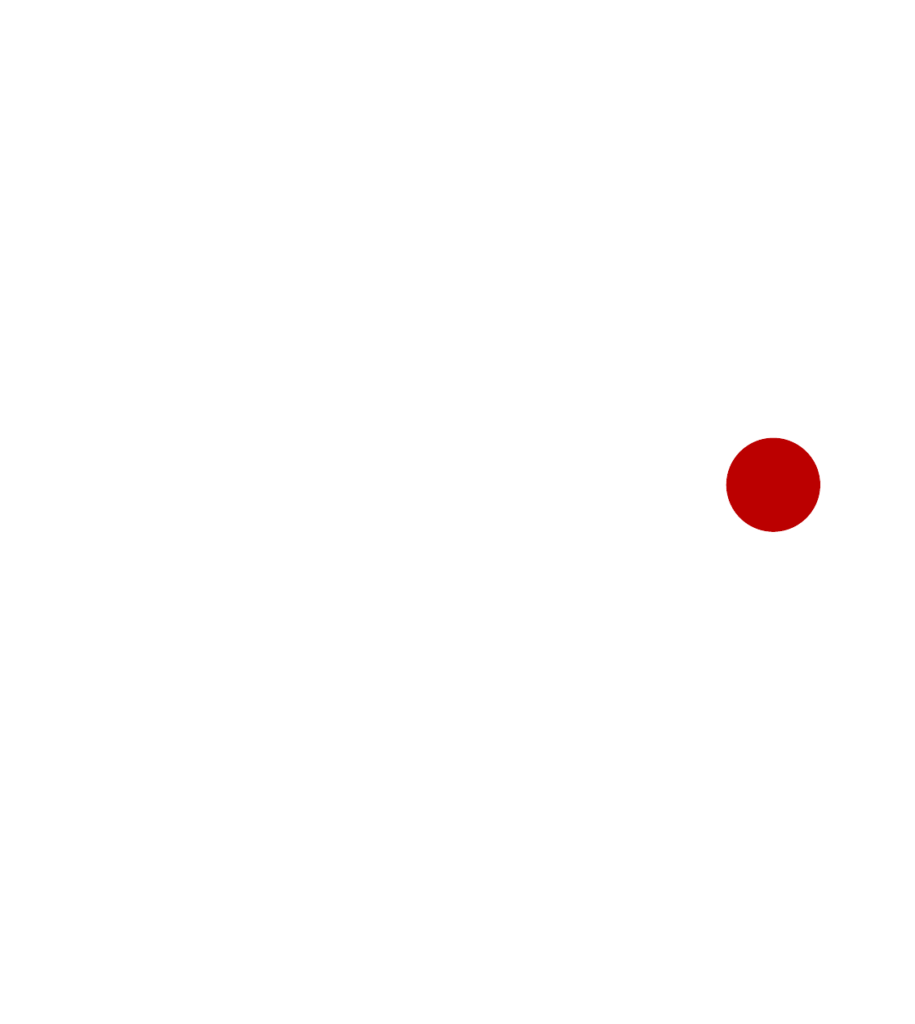The appeal is now with the Constitutional Council, the country’s highest body in matters of electoral law, which must validate and proclaim the final results. Without the approval of the Council, the results are not definitive.
The official results claim that the candidate of the ruling Frelimo Party, Daniel Chapo, won the presidential election with over 70 per cent of the vote, while the independent candidate, Venancio Mondlane, trailed a distant second with about 20 per cent.
Podemos, however, regards these results as fraudulent, and claims that in reality Mondlane won 53.3 per cent of the vote. But to prove its case, Podemos needs to present the minutes and results sheets (“editais”) from the polling stations.
The Podemos appeal concentrates heavily on mathematical discrepancies. The presidential, parliamentary and provincial elections were held simultaneously, and so every voter received three ballot papers, one for each election. There were three ballot boxes in each polling station, and each box should have contained the same number of votes as the other two.
But in polling station after polling station, the numbers did not add up. More votes were cast for one election than for the other two. No observer has ever seen voters throw ballot papers away. Each of them puts one ballot paper in each of the boxes.
Podemos did the maths for the provincial and the district counts, and almost everywhere it found discrepancies, with more votes cast in one of the elections than for the other two.
“When elections are held simultaneously, the norm would be to have the same number of voters and the same number of abstentions”, Podemos pointed out. Instead there were discrepancies that could not be explained, leading to what it called “absolutely invalid irregularities”.
Podemos concluded that these differences can only be explained by people voting more than once or by additional votes being slipped into the ballot boxes.
The numbers cited in the Podemos appeal also betray signs of far more serious irregularities. Although, in general, turnout in these elections was very low (43 per cent, on average), some of the districts reported an impossibly high turnout. Also claimed that in some cases the polling station minutes and results sheets had been deliberately falsified, thus “compromising the validity of the results”.
It added that its monitors had spotted cases of ballot box stuffing, in which extra ballot papers had been distributed already marked in favour of Frelimo and its candidate. Podemos protested that in several districts and provinces its monitors had not been allowed to observe the count, in blatant violation of the election law.
The remedies suggested by Podemos to the Constitutional Council include ordering a repeat of the national count based on the results sheets from the district and city counts, and annulling the election in districts where Podemos monitors were not allowed to observe the count.
Podemos also called for annulling the election in districts with discrepancies between the numbers of people voting in the three elections. But that is most of the districts – so in effect, Podemos is calling for new elections, and not a simple recount.





